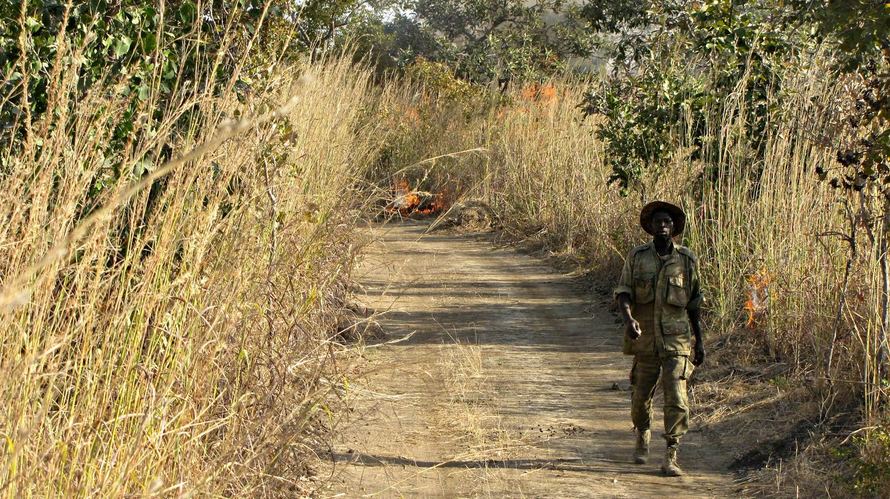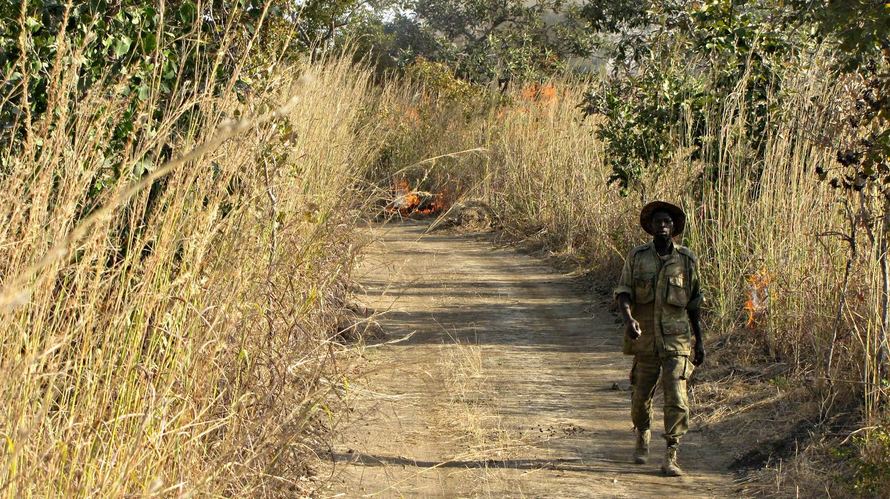Africa is home to many of the world's most hungry and impoverished citizens. Although the developed world speaks of the need for a 'second green revolution', it is widely recognised that the first green revolution of the 20th century bypassed Africa almost entirely.
The high-yielding varieties of wheat, maize, and rice of the green revolution were not successfully introduced to African agriculture, mainly because they require large inputs of fertiliser and pesticides to realise their high-yield potential, and most African nations have lacked the infrastructure necessary to grow these varieties on a large scale.

Broadly, there are two schools of thought for improving agriculture in Africa today: one that seeks to find ways to apply the lessons of the first green revolution, and the other that believes the answers lie in a second green revolution.
In the first instance, it appears obvious to many that African agriculture could benefit greatly by increased application of fertiliser. Reasons for this include not only the complete lack of fertiliser use in many areas of Africa, but also evidence that soil nitrogen is being depleted in the majority of African nations, as explained by Henao and Baanante (2006), in Agriculture Production and Soil Nutrient Mining in Africa: Implications for Resource Conservation and Policy Development.
However, it is widely recognised that the first green revolution was accompanied by an increased number of environmental problems attendant with vast inputs of fertiliser and chemical pesticides. In addition, it is expected that climate change will lead to reduced water availability and increased incidences of prolonged drought throughout sub-Saharan Africa and will further exacerbate problems with soil fertility. Therefore, success with a second green revolution and the development of high-yielding, drought-tolerant, and disease-resistant varieties adapted to local conditions, accompanied by improvements in the efficient use of fertiliser and sustainable agricultural techniques, may be critical.
There is an urgent need for training and education of scientists within developing nations and for technology transfer to strengthen regional scientific institutions and laboratories. Tilahun Yilma (UC Davis) often speaks about his efforts in creating and distributing vaccines for rinderpest and other animal diseases.
The first large-scale rinderpest eradication program in Africa, which took place in the 1960s and 70s, succeeded in vaccinating 124 million cattle, but ultimately failed to make significant headway against the disease, mainly because the program failed to transfer technology for sustainable disease control to affected countries.
Yilma formed the International Laboratory of Molecular Biology for Tropical Disease Agents, whose goal is not only to train scientists from developing countries, but also to strengthen regional laboratories throughout Africa in virology and molecular biology. Similar programs are urgently needed in all areas of agricultural and economic development in Africa.
(Image Credit: lifeofpix via www.pexels.com)


